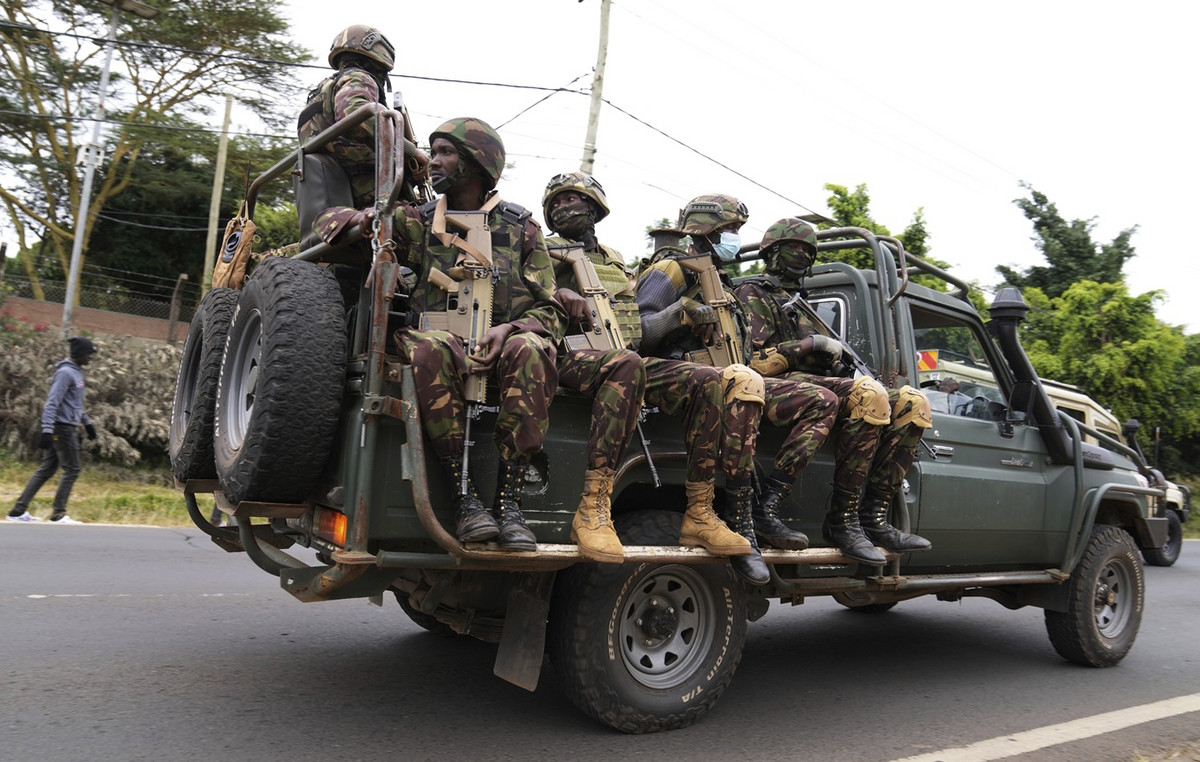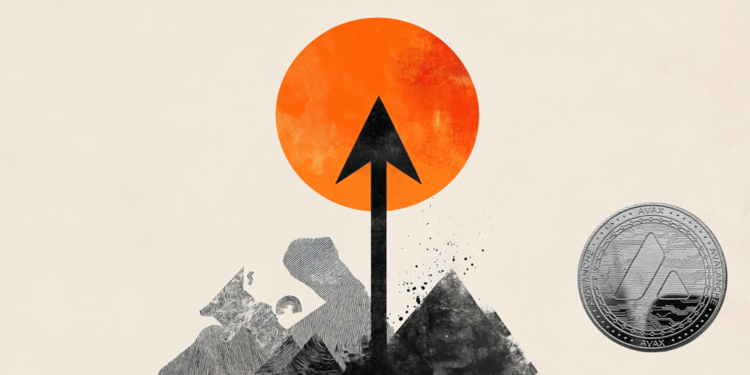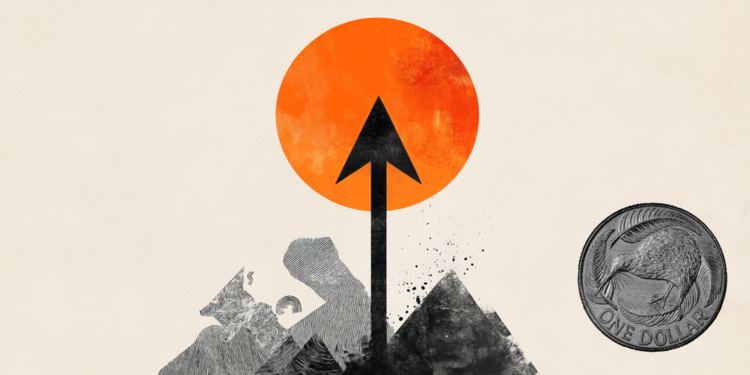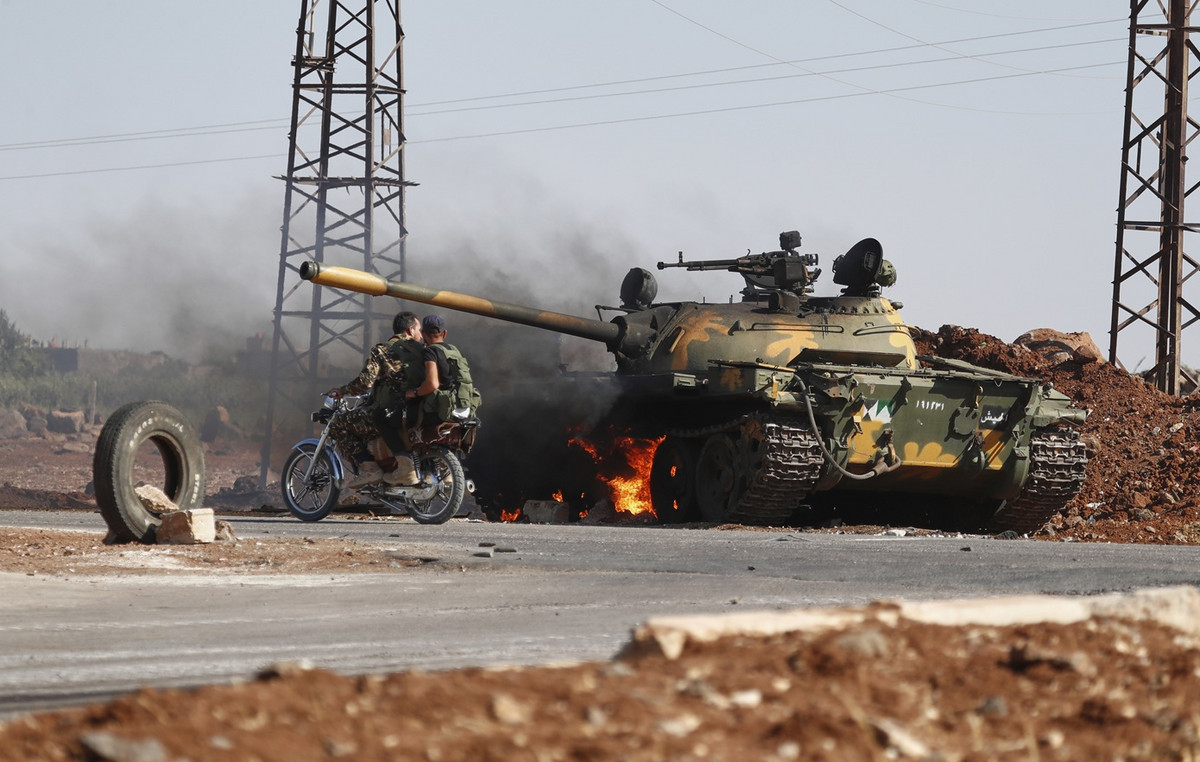Two decades ago, on March 19, 2003, then-President George W. Bush ordered the United States to invade Iraq. A week later, near Najaf, a city in southern Iraq, then US Major General David Petraeus turned to US journalist Rick Atkinson and asked a simple question: “Tell me how this ends.” This is still an excellent question. .
The Amna Suraka Museum, once a prison and torture site used by dictator Saddam Hussein’s intelligence operatives, in Sulaymaniyah, Iraq, is a good place to try to contemplate the legacy of the US invasion and, perhaps, make another Helping question: Was it all worth it?
I visited the former prison earlier this week, which is located in a pleasant residential neighborhood in Sulaymaniyah, in the Kurdish region of northern Iraq. The location of the prison in the center of the city was no accident: Saddam wanted the local population to know what awaited those who opposed him, or those who thought of opposing his regime.
The museum is a chamber of horrors that showcases the cells where prisoners were tortured by electric shocks and had the soles of their feet beaten so they couldn’t walk. The minors were taken to the detention center and their ages changed to 18+ so they could be executed “legally,” according to a museum official I spoke with.
Prison cells are very small, with almost no light. During the Saddam era, they were packed with prisoners who shared equally crowded bathrooms.
In the museum, there is a long corridor – known as the “Hall of Mirrors” – made up of glass fragments representing each of the 182,000 people killed by Saddam’s men during his 1988 “Anfal” campaign (which is the estimated total number of killings by Kurdish officials). Small twinkling lights on the ceiling represent the 4,500 villages in the region that Saddam’s forces also destroyed.
One of the worst tyrants of the 20th century
Three and a half decades ago this week, on March 16, 1988, Saddam committed one of the most notorious crimes of his murderous dictatorship, killing thousands of Kurds using poison gas and nerve agents.
There is little doubt that Saddam was one of the worst tyrants of the 20th century. He killed up to 290,000 of his own people, according to Human Rights Watch. It also launched wars against two of its neighbors – Iran during the 1980s and Kuwait in the 1990s. Conservative estimates suggest that at least half a million people were killed during these wars.
So when Saddam Hussein was overthrown by the Americans two decades ago, at least some Iraqis were happy. And today’s Iraq has taken some steps towards a more accountable political system compared to its Middle Eastern neighbors. Iraq has held several elections since the US invasion in 2003, followed by peaceful transfers of power.
And yet, after Saddam was overthrown by the US, the incompetent US occupation of Iraq contributed to a civil war that tore the country apart, killing hundreds of thousands of Iraqis. More than 4,500 American soldiers also died.
The war also gave Al Qaeda new life. The group known as Al Qaeda in Iraq later morphed into the Islamic States, which seized vast amounts of Iraqi territory in 2014 and instituted a reign of terror.

Uncomfortable similarities to the invasion of Russia
The Iraq war also set a precedent for unprovoked wars that we see happening in Ukraine today, which the Russians are already using to good effect.
At a conference in India earlier this month, Russian Foreign Minister Sergei Lavrov called what he termed the US’ “double standard”, saying: “[Você] Do you believe that the United States has the right to declare a threat to its national interest, anywhere on earth, as it has done… in Iraq?
This message may not resonate much in the West, but it does in the global south, where the US-Iraq war and the Russian war in Ukraine are seen by many as wars of choice rather than necessity.
Of course, Russian President Vladimir Putin’s handling of the war in Ukraine is far more brutal than the American war in Iraq. Furthermore, Putin’s forces are attacking a democratic state, while in Iraq, Bush ordered an invasion that overthrew a dictatorship.
That said, it’s worth underlining some of the wars’ similarities: both wars were started because of false allegations – the US war in Iraq was launched on the basis that Saddam had weapons of mass destruction and links to Al Qaeda.
The American media mostly echoed these claims. As a result, months before the US invaded Iraq, most Americans believed that Saddam was involved in the 9/11 attacks, even though there was no evidence of this.
Putin justifies his war on Ukraine by claiming that it is not a “real” country and should be annexed to Russia. Meanwhile, Russian media claims its soldiers are fighting “neo-Nazis” in Ukraine. Despite these false claims, a majority of Russians support the war, according to independent polls.
Furthermore, neither the war in Iraq nor the war in Ukraine had much international support. Unlike the case of the US-led war in Afghanistan after the 9/11 attacks, which had a mandate from the UN Security Council. Meanwhile, neither the US invasion of Iraq nor the Russian invasion of Ukraine had the support of the UN Security Council.
What is the next step for Iraq?
In the museum dedicated to Saddam’s crimes against his own people, you feel the weight of his brutality. The US elimination of Saddam was for many Iraqis something to be celebrated, but what followed, from the civil war to the rise and fall of the Islamic States, inflicted great additional suffering on the Iraqi people.
For those who say, “Was it worth overthrowing Saddam, given what we know about how the last two decades have played out?” this may be missing the point today. Iraq has a new government and has the third largest oil reserves in the world.
It should be one of the richest countries in the Middle East, but instead, the cancer of endemic corruption has corroded government intuitions and international companies are often hesitant to invest in Iraq.
If the Iraqi political class can find a way to create institutions that are not corrupted, Iraq will have a chance to move forward.
The 2,500 US troops who remain in Iraq today provide not only aid to the Iraqi military, but also make a political statement that the US plans to remain engaged in Iraq for the foreseeable future – rather than abandoning the country as it did in Afghanistan in the past. summer of 2021, when all remaining US troops have been withdrawn. And we saw how well it turned out.
*Editor’s note: Peter Bergen is a national security analyst for CNN, vice president of New America, and professor of practice at Arizona State University. He is the author of “The Cost of Chaos: The Trump Administration and the World”. The opinions expressed in this article are his. See more reviews on CNN.
Source: CNN Brasil
Bruce Belcher is a seasoned author with over 5 years of experience in world news. He writes for online news websites and provides in-depth analysis on the world stock market. Bruce is known for his insightful perspectives and commitment to keeping the public informed.







